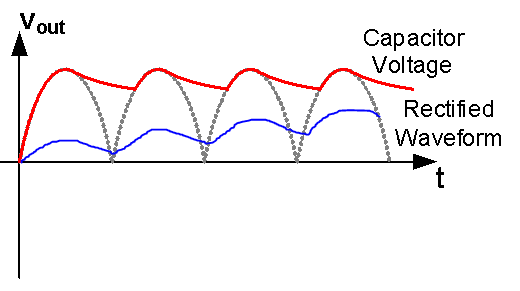Hello.
When it comes to the capacitor ripple ratting and recapping for audio hardware, people say to replace the current cap with better ratings when it comes to uF, volts and ripple rating.
Just out of curiosity, does the ripple that is in the line take on the ripple rating of the capacitor, or does it stay the same. Like say if there is 20 mA of ripple in the line and it goes thru a cap with a ratting of 2 A does the 20 mA get boosted to 2A? I would assume not, I would assume it would act like volts. If there is 12 volts in the line and it goes thru a 50 V cap the line voltage stays the same at 12.
I realize this question is stupid ( it has been an off day ), but I tried to look it up online and could not word my question properly to get an answer. There are some really cheap coupling caps near my voltage regulator and DAC that are chemi con caps that are 2 milliohms esr and 100 mA ripple. And further down the line are some cheap Chinese caps that have the same ESR and ripple rating. The really low esr from the caps is causing static in the audio, and I was hoping to replace the chemicon's with Panny FC's and leave the Chinese cap. Total there are about 20 ish caps so it would be $20 to recap the whole thing, so this is my way to do some cost cutting. So the chemi con 100mA ripple will be replaced by 2.1A ripple FC but the cheap 100mA Chinese coupling cap that is further down the line is at 100mA. If the line takes on the ripple current by the cap 2.1A will explode the 100mA Chinese cap. Or of course if the ratting of the capacitor is just a marker saying the max ripple it can handle and not the value that it can produce this would not matter.
Thank you!
